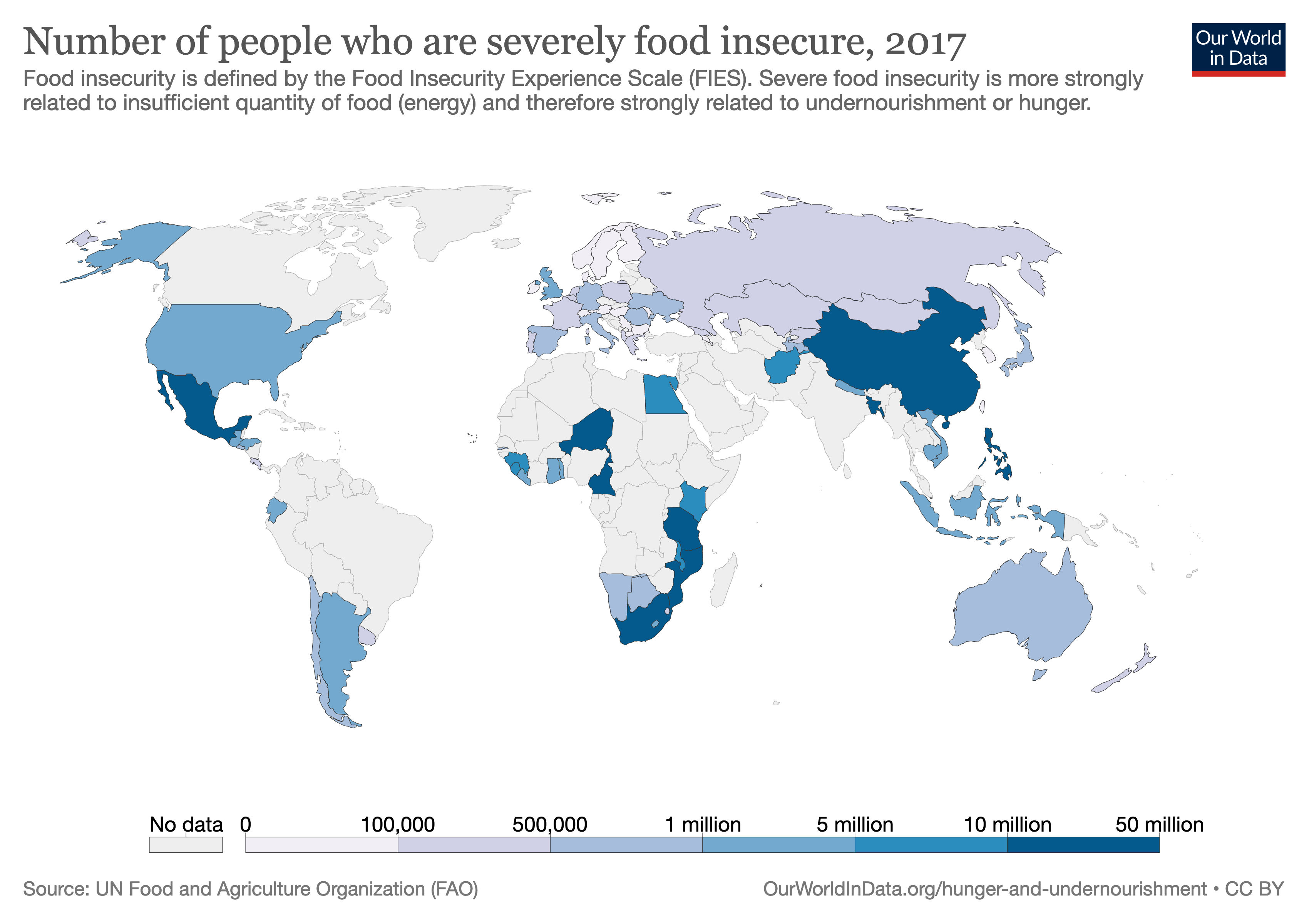ZERO HUNGER BY DESIGN: Building-Integrated Food Production
Micène Fontaine, May 5, 2020
1 in 9 Americans were affected by food insecurity in 2018. That's 37 million people, including 11 million children who (according to the USDA's definition of food insecurity) do not have consistent access to enough food for an active and healthy life. Globally, 1 in 4 people – 1.9 billion – are moderately or severely food insecure.
Hunger affects people across communities in the US and across the globe, which is why "Zero Hunger" is one of the seventeen sustainable development goals outlined by the United Nations. Design professionals can help solve this issue. Even cities like Paris are embracing urban farming and other means of tackling this challenge. This is also why the first live webinar in our Change by Design series delved into how can architects and designers help alleviate hunger by:
- Incorporating methods of food production into urban and suburban developments.
- Changing the food supply chain
- Building design that helps reduce or eliminate food waste.
![]() Here are other steps you can take:
Here are other steps you can take:
- Look at the UN's playful "Lazy Person's Guide to Saving the World," pick 3 to 5 things you can do, post them in the comments below, share them on social media, or, better yet, talk to your loved ones and colleagues about it.
- Get involved in the series as a participant or as a facilitator (or suggest one).
As for many of the societal issues we face, there is no silver bullet, but there is formidable power in the compounding effect of small and consistent changes: What you do in your practice, the conversations you have in your community. That's all part of the solution. You are part of the solution.





